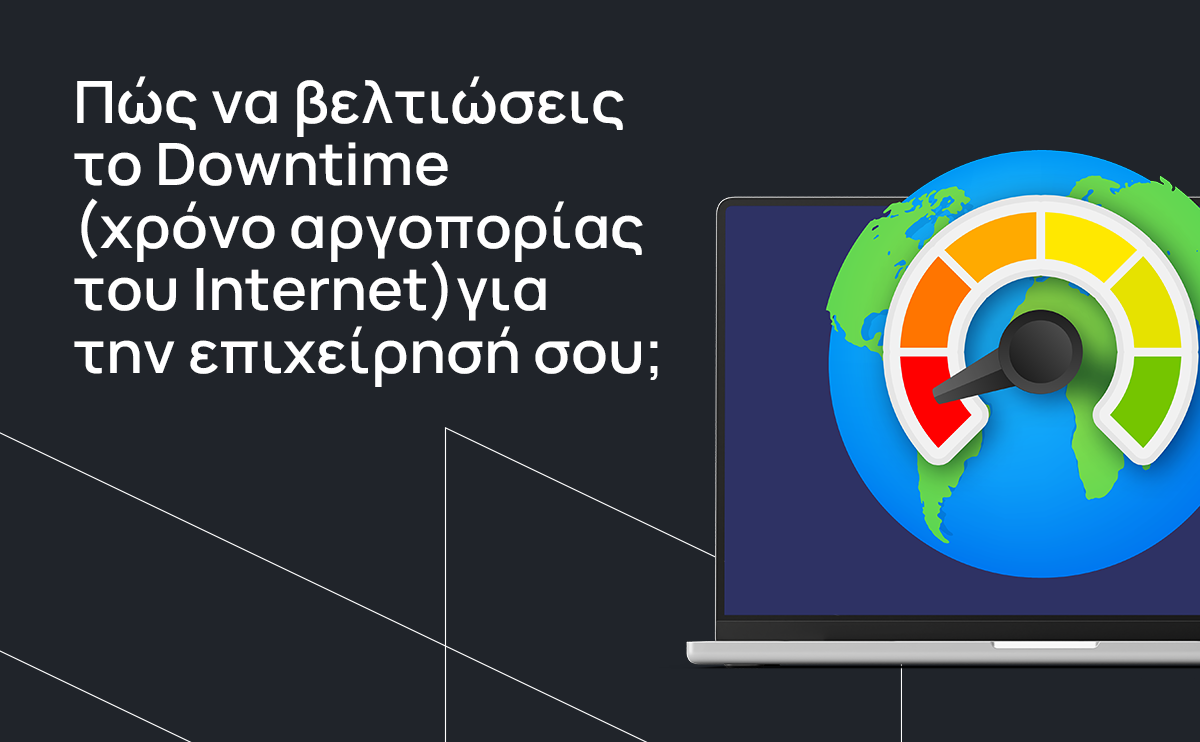If you have learned one little thing about the Internet, it is that it is categorized into “symmetric” and “asymmetric”.
But what does symmetric and asymmetric Internet mean?
This is what we will learn in today’s article.
What is the asymmetric Internet?
On asymmetric Internet connections, the download speed is faster than the upload speed. This type of connection is the most common for home use, as most users consume more content (streaming, social media, browsing) than upload data.
Some basic examples of asymmetric Internet usage:
- Streaming video.
- Web browsing.
- Use of social media.
What is the symmetric Internet?
On symmetrical Internet connections, download and upload speeds are the same. This type of connection is ideal for business needs or uses that require high data upload speeds, such as cloud storage, video conferencing or server hosting.
Some basic examples of symmetric Internet usage:
- Telecommuting with high-quality video calls.
- Sending large files.
- Data hosting services (web hosting).
Which one is right for you?
- For domestic use: If your needs include browsing, streaming or social media, an asymmetrical connection is likely to suit you.
- For professional use: If you work from home or have a business that relies on sending big data, then symmetrical Internet is a must.
At Metadosis we understand the different needs of each user. Whether you’re looking for asymmetrical connectivity for your everyday use, or symmetrical for business applications, we have the right packages for you.
Choose the package that suits you and get the best Internet experience!














